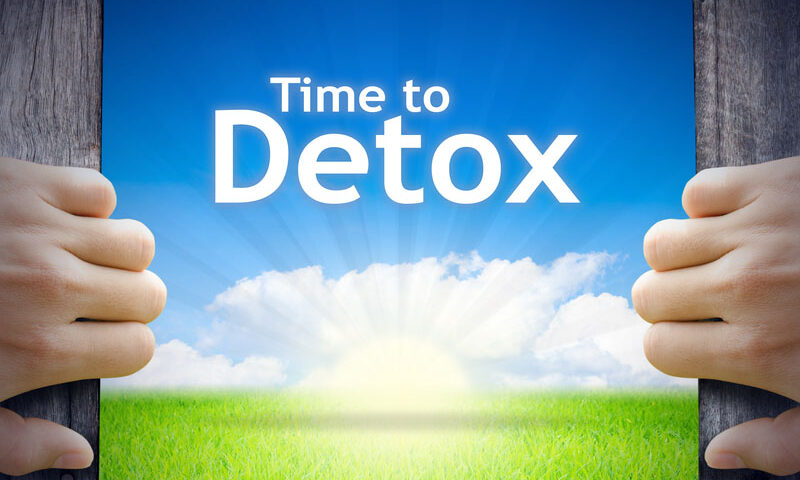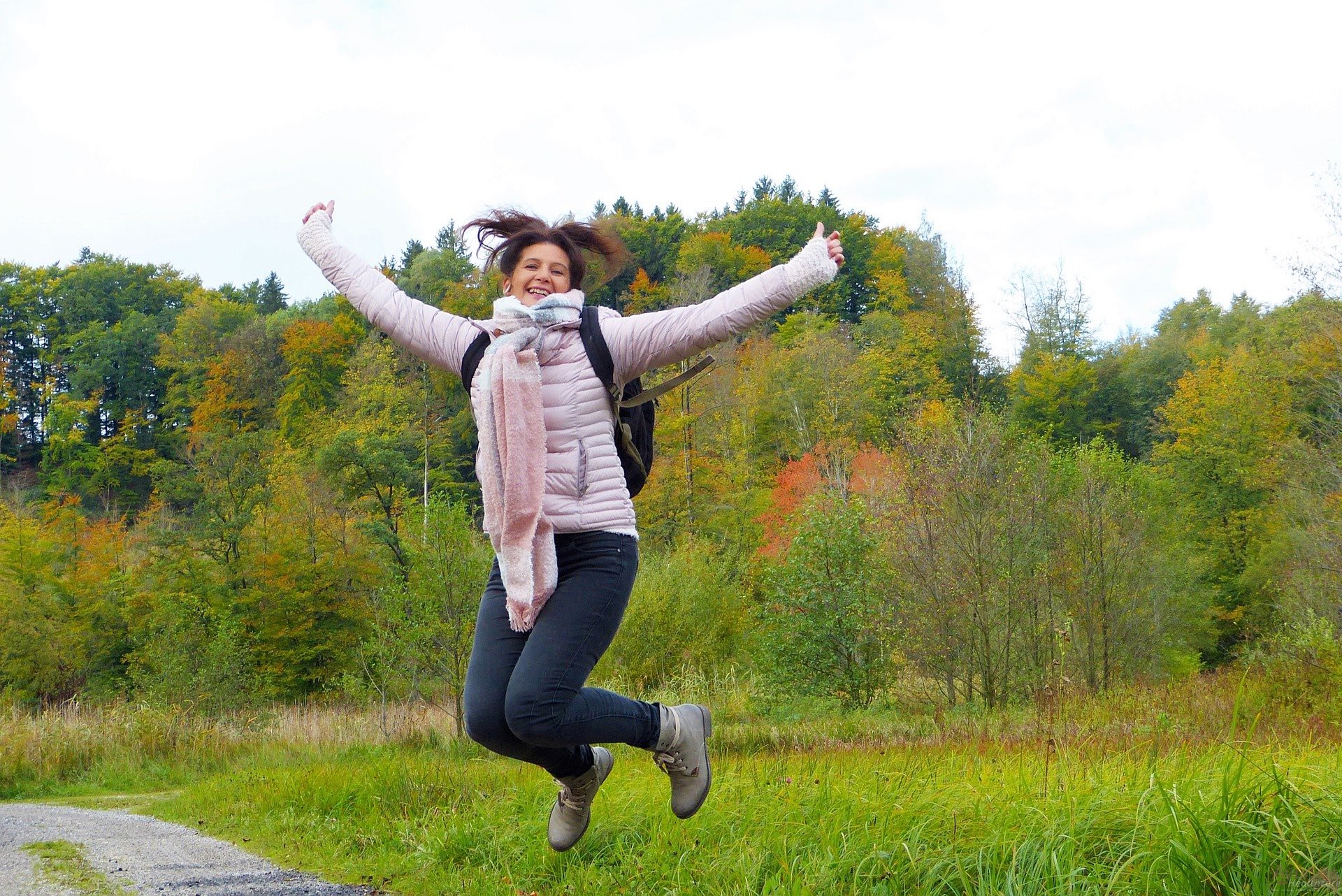Ayurveda Panchakarma in Sydney
Panchkarma is the purification therapies of Ayurveda. ‘Panchkarma’ is derived from two words ‘Panch’ meaning ‘five’ and ‘karma’ meaning ‘actions’ so literally translated, as a set of five systematic actions for purification of the body. It brings the aggravated doshas into balance and thus flushes out the accumulated ama (toxins) from the body. It uses normal modes of elimination like intestines, sweat glands, and the urinary tract.
Why shall I do Panchakarma?
Elimination is a natural instinct of the human body but over a period of time, with our sedentary lifestyle the dosha gets imbalanced and wastes are not effectively eliminated from the body. Wastes thus tend to stick to the minute channels of the body known as the ‘srotas’ which produce disease. Panchkarma is one of the most radical ways to cleanse the body and eliminate the disease-causing amas (toxins).
Panchkarma is one of the cornerstones in Ayurvedic management of the disease. Panchkarma gets into the root cause of the problem and thus corrects the Tridoshic imbalance in the body. Panchkarma not only helps in alleviating disease and also a very useful tool in maintaining excellent health. Ayurveda is advised to undergo regular Panchkarma treatment according to seasonal changes to clean the body thus improving the digestion leading to improvement in metabolic processes.
The age-old science consists of basically two main types of treatment which are as follows:
Shaman Chikitsa (treatment), subdue the vitiated Doshas, because of which ailments may be produced. It is administered by using various herbs or herbo-mineral medicinal preparation.
However, if Doshas vitiate or reach beyond a particular level, leading to various endotoxins, which have a tendency to accumulate in a minute to minute channels of the body. These are beyond the scope of pacification and thus have to be eliminated or thrown out from the body. In such cases, the second type of treatment, Shodhan Chikitsa/ cleansing therapy, is very beneficial. It consists of the five main types of therapies, so-known as Panchkarma Chikitsa. Panchkarma has a special place in all the ancient Ayurvedic texts.
Our body has its own wisdom for cleaning out the impurities, which are produced by physiological functions. However, there are some situations when this wisdom becomes impaired and does not perform its function properly, Practitioner have to help to re-establish this natural mechanism. Otherwise, all the impurities start to accumulate in the body, which damages the functions of srotas, which is the first stage of the disease, and finally, the whole system becomes susceptible to severe illness. Panchkarma helps in eliminating all impurities from the body and thus cleaning srotas, to prevent forthcoming disease.
It is obvious that the natural instinct for elimination is not only in human beings but also in all living creatures. For example, a dog when restless from indigestion goes to a special type of grass plant and eats it. It produces vomiting and gets rid of his indigestion. There is a type of seabird who has a long beak and takes water from the ocean in his mouth and pushes into his rectum, which acts as a saltwater enema. An historical bronze statue of such a bird taking an enema with his long beak can be seen putting their tongues up their nose, which is a cleansing program like a Sneha nasya because the ptyalin in the mouth is equal substance to Sneha (oily substance).
Body cells, which are functioning for twenty-four hours to produce energy, naturally know to clean their waste products. But the blocked srotas are not able to send off the waste materials.
Doshas – Vata, pitta, and Kapha always tend to travel from their basic location in the intestine to the tissues and get stuck there when channels are blocked. Panchkarma eliminates the doshas, cleans the blockage and improves transportation by which dosha comes back to their original places to perform normal functions
THE THREE STAGES OF PANCHAKARMA THERAPY
In Panchkarma The shodhana therapy is performed stages wise starting from -Purvakarma (pre-treatment), Pradhan Karma (primary treatment), and Paschatkarma (post-treatment). The patient who intends to undergo all three stages.
Snehana (oleation/oil therapy) and Swedana (sudation) are the two Purvakarma procedures. Snehana (internal oleation and external oleation) loosens the ama (toxins) stuck in various sites of the body and Swedana dilates the channels to facilitate its movement towards the alimentary canal. The ama (toxins) that reaches the alimentary canal is eliminated during the Panchkarma (primary treatment).
Diet regimens, restricted daily bodily exertion, and consumption of health-promoting drugs, etc. come under the Paschat Karma (post-treatment).
THESE SPECIALIZED PANCHAKARMA PROCEDURES CONSIST OF THE FOLLOWING:
Vaman (Emesis)
It is a process of elimination of toxins or wastes matters from the stomach and thoracic cavity or also called therapeutic vomiting is useful in Kapha dominant diseases like skin diseases (psoriasis, urticaria); bronchial asthma, etc.
Virechan (Purgation)
This eliminates the toxic or wastes matters from the stomach through the intestine. It also cures pitta or pitta-dominated diseases.
Basti (Enema)
The process of Basti which is therapeutic enema eliminates toxins from the colon, and also strengthens the tissues. Two kinds of Bastis are as follows: Sneha Basti is the Basti where medicated oils are used. Kashaya Basti includes honey, rock salt, Sneha (oils), and paste of medicines which are mixed one by one in the above order. This concoction is taken in an empty stomach. Medicines are selected as per disease and stage.
Nasya (Nasal Application of Herbal Medicines)
Nasya is an installation of medicine through the nose. It is important in the treatment of sirorogas (diseases affecting the head area). Nasya helps cleanse the head and sinuses.
Raktamokshana (Blood-Purification therapy).
AYUR HEALTHCARE PANCHAKARMA PROGRAM INCLUDES:
- A complete Ayurvedic assessment including a physical examination, pulse evaluation, and tongue analysis.
- A special customized herbal protocol and recommendation with lifestyle guidelines including diet, exercise, home remedies, and self abhyanga (massage) technique.
- Daily Ayurvedic treatments of approximately two hours consisting of Abhyanga (herbal oil massage), Swedana (individual herbalized sweat therapy), Shirodhara (pouring of warm herbal medicated oil to the forehead), Nasya (pouring of medicated oil in your nostrils).
- Daily check-ins together with your Ayurveda Panchakarma Consultant every day to observe your cleansing process and your health level.
- A special therapeutic and nutritious diet of kitchari or soup and herbal teas provided daily after Panchakarma therapies. All of the food and tea served are hygienic, healthy and100% organic.
- A supportive and peaceful atmosphere that provides space for true contemplation and self-healing.
- Recommendations for ayurvedic Rasayana (rejuvenating) for you to take after panchakarma for maintenance of health, improved strength, and vitality.
- Post-panchakarma health and wellness program for a healthy diet, exercise, and lifestyle practices according to one’s body constitution and associated complaints.
Ayur Healthcare, one of the most well known Ayurveda Clinic in Australia highlights that Panchakarma is best healing treatment, and the benefits of panchakarma extend beyond detoxification to Rejuvenation of body and mind, more efficient organ function, improved digestion, improved length and quality of sleep and a general feeling of lightness in the body. If you wish to experience the best and authentic detox programs and detox diet plan, we look forward to hearing from you at Ayur Healthcare.




